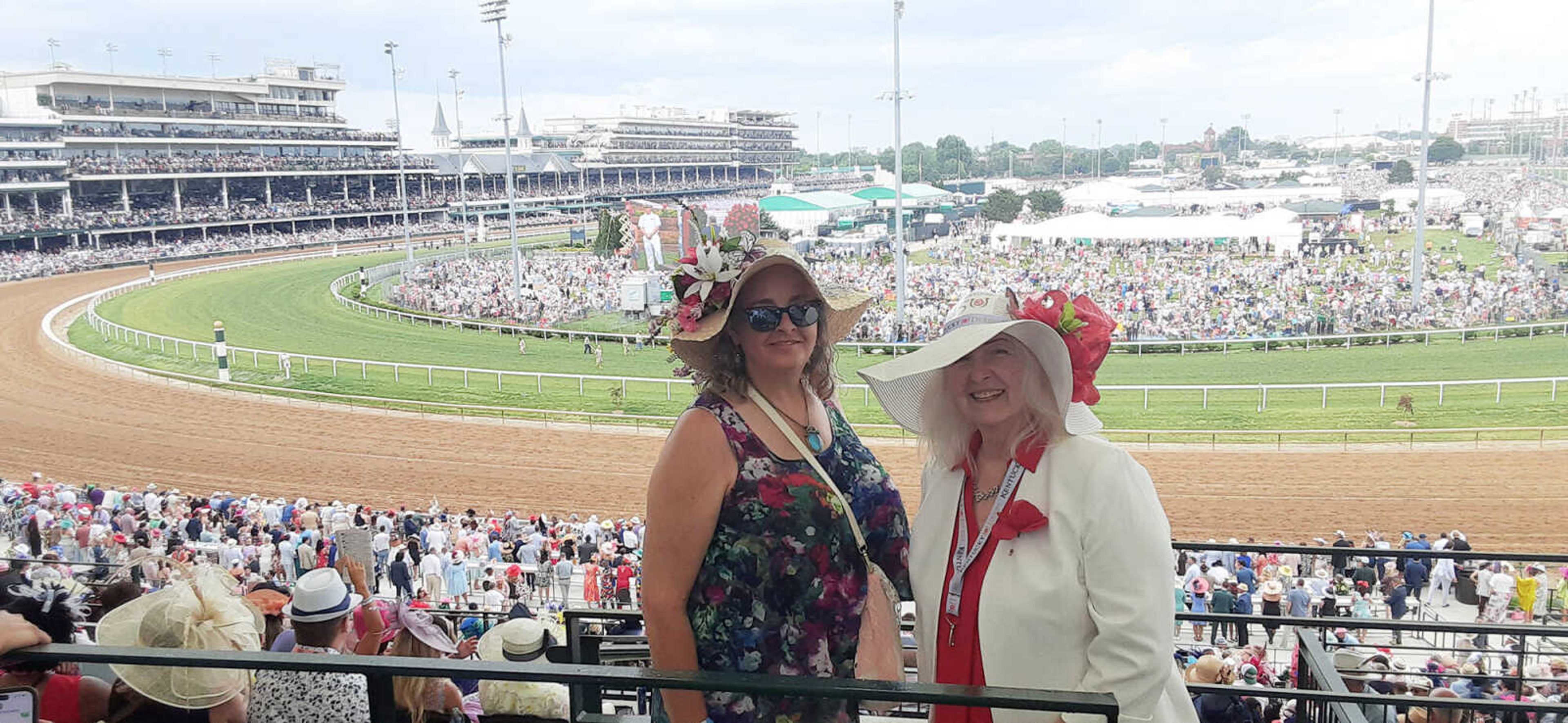Diving for a Cure
Charles Partain climbed into the hyperbaric chamber and took a two-hour "dive" in an effort to heal a foot ulcer. But this dive wasn’t in water. It involved pressurized, pure oxygen therapy. He repeated the process five days a week, for eight weeks, for a total of 40 treatments...
Charles Partain climbed into the hyperbaric chamber and took a two-hour “dive” in an effort to heal a foot ulcer.
But this dive wasn’t in water. It involved pressurized, pure oxygen therapy. He repeated the process five days a week, for eight weeks, for a total of 40 treatments.
The Advance, Mo., man, faced the possibility of having his right leg amputated below the knee because of a serious infection that went all the way to the bone.
He credits the oxygen therapy at Southeast Missouri Hospital, along with vascular surgery to improve blood flow in his right leg and the amputation of his big right toe, with saving his leg.
He had a serious infection that went all the way to the bone, says Paul Spence, M.D., with Southeast’s Wound Care and Hyperbaric Medicine Center.
Charles and his wife, Nadine, appreciate the quality medical care. ”We’re just thankful,” she says.
A former funeral director and retired furniture and appliance store owner, Charles was an avid hunter.
He no longer hunts, but he and his wife often spend weekends at a lake cabin near Arab, Mo., surrounded by countless wildlife. Tall pines provide a natural canopy that extends down to the lake. He and his wife spend hours sitting on their broad, wooden deck, viewing the rustic landscape.
Deer, turkey and other wild animals are frequent visitors to their property. “I feed the animals,” Charles says. He and Nadine regularly put out corn for the wildlife to eat.
Hyperbaric Oxygen Treatment or HBOT promotes healing, says Dr. Spence. At the Wound Care Center, HBOT is used to treat 15 different diagnoses ranging from diabetic wounds to crush injuries and carbon monoxide poisoning.
HBOT increases the amount of oxygen to the tissue and helps develop production of new blood vessels, which aids in the healing of wounds, he explains.
Patients lie flat in a chamber that is pressurized to a level comparable to diving 33 feet beneath the sea, Dr. Spence explains. “We call it a dive,” he notes.
It takes about 15 minutes to pressurize the chamber. “You take them down slowly,” says Dr. Spence. After treatment, it takes another 15 minutes to depressurize the chamber.
Dr. Spence first saw Partain on May 14, 2007. Eight days later, Partain underwent vascular surgery which included installing a stent.
Partain received his first hyperbaric treatment on May 30. On June 18, his right big toe was amputated. The hyperbaric treatments resumed on June 27 and continued through mid-August.
Southeast Missouri Hospital opened its Wound Care and Hyperbaric Medicine Center in June 2001.
Since its opening, the center, which operates two hyperbaric chambers, has successfully treated patients with a wide range of wounds and health problems, Dr. Spence says.
During treatment, patients can watch television through the glass-enclosed hood of the chamber, listen to music or simply rest.
Partain says he watched television while undergoing treatment. “It kept my mind busy,” he notes.
At his Wayne County cabin, he doesn’t need such a distraction. There’s no television set in his lake home. He and his wife say the view from their cabin is all the entertainment they need.
Connect with the Southeast Missourian Newsroom:
For corrections to this story or other insights for the editor, click here. To submit a letter to the editor, click here. To learn about the Southeast Missourian’s AI Policy, click here.










